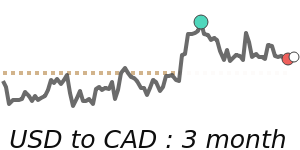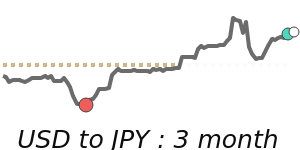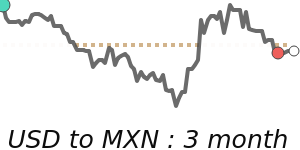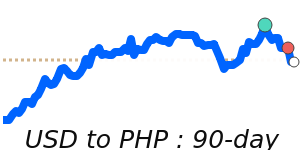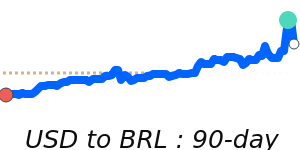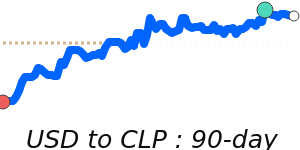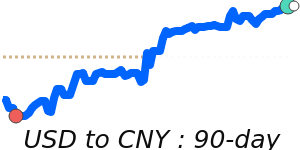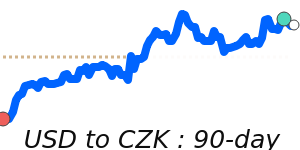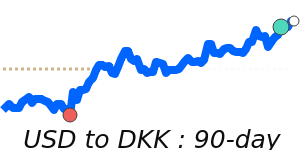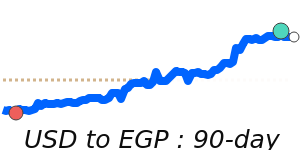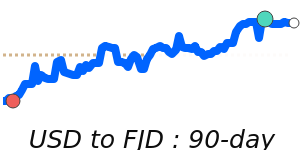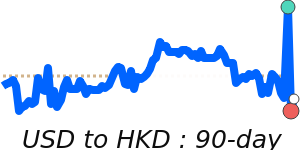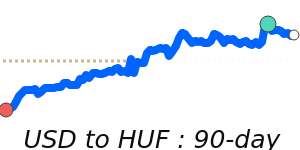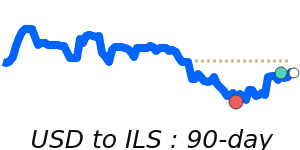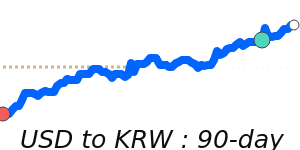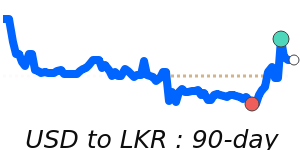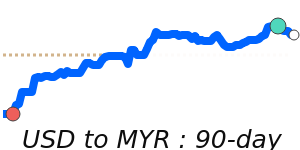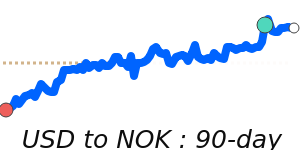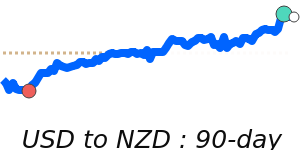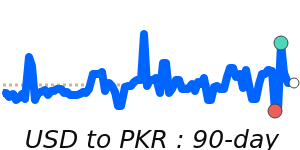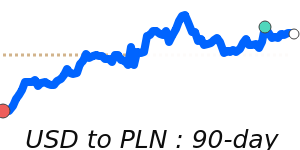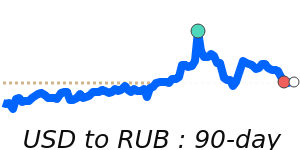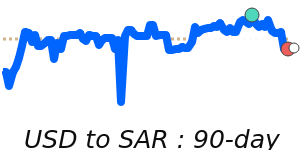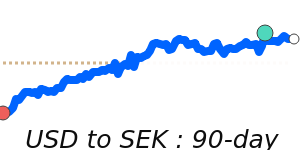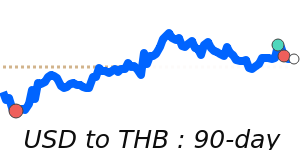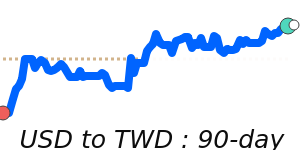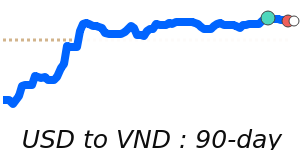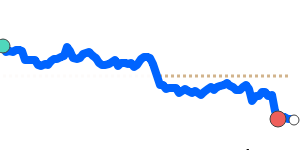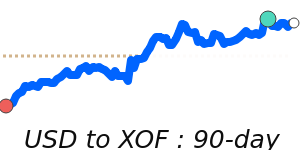The US dollar (USD) has recently rebounded marginally from its multi-month lows as investors looked for value after its recent declines. Following dovish signals from the Federal Reserve, which indicated a potential easing cycle starting in early 2026, the USD's upside has been capped. As traders anticipate a shift in interest rates, the dollar is experiencing downward pressure due to expectations of aggressive rate cuts.
Mixed economic data has added complexity to the USD’s outlook. While manufacturing indicators indicate a slowdown, strong labor market statistics keep the Federal Reserve cautious about making drastic cuts. This duality suggests that while slowing growth may weaken the dollar, the resilience in the labor sector could limit those losses.
Recent price movements show the USD struggling against major currencies. The USD to EUR exchange rate is hovering near 60-day lows at approximately 0.8510, just 0.9% below its 3-month average. Similarly, the USD to GBP pair is also at 60-day lows around 0.7446, reflecting a stable trading range overall. Meanwhile, the USD to JPY has reached 14-day lows at 154.7, slightly above its 3-month average of 152.9.
Global sentiment is increasingly risk-on, favoring equities and commodities, which further pressures the dollar. The S&P 500 recovery has contributed to this trend, with stronger equity markets correlating to a weaker USD as investors divest from safe-haven currencies. Additionally, the USD is facing headwinds from re-emerging concerns over the US fiscal deficit and treasury issuance, which analysts warn could weigh on the dollar in the medium term.
Oil prices have also been volatile, with OIL to USD trading at 90-day lows at about 58.83, 8.1% below its 3-month average. Such movements in oil prices could further impact the euro and, indirectly, the dollar, as energy costs influence broader economic conditions.
Looking ahead, key economic prints such as the upcoming CPI and PCE inflation reports will be crucial. A softer inflation reading could signal earlier rate cuts, potentially driving the USD lower, while a hotter print may provide a much-needed reprieve. Markets remain sensitive to Federal Reserve communications, as hints about future rate adjustments will likely affect the dollar's trajectory moving into the new year.
